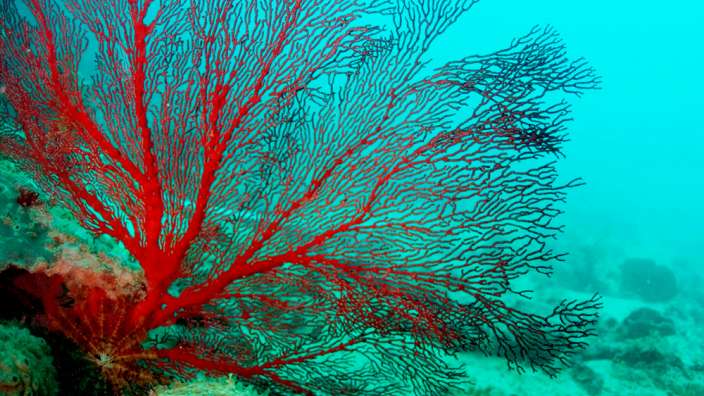
Malapascua. Home to the world famous Thresher Shark dive. Divers from all over the world visit Malapascua just to see these amazing sharks and more often than not, these sharks become the highlight of their stay. But every now and then, here at Evolution, we get divers who are amazed by the fact that Malapascua is actually an impressive, yet under-appreciated, Macro photographers’ destination – where the sharks become just the icing to the cake.
Today’s Macro Creature Feature belongs to the Pygmy Seahorse, more specifically the Bargibant’s Pygmy Seahorse (Hippocampus Bargibanti). The species is the first ever pygmy seahorse to be discovered in 1969 by New Caledonian scientist George Bargibant. He was collecting specimens of Muricella spp gorgonian sea fans, a type of soft coral, when he stumbled upon a pair of tiny seahorses.
One of the world’s leading experts in Pygmy Seahorses, Dr. Richard Smith, was awarded his PHD completing the first ecological research on pygmy seahorses in 2011. Here’s what we now know about these amazing, photogenic creatures thanks to his research:
- Found over the largest geographic range from southern tropical Japan, Philippines, Indo, Palau, Papua New Guinea and all the way down to Australia.
- Extremely small, length ranging from 1.4 – 2.7cm
- Has a single gill opening on the back of the head
- Spends their entire adult life on a single Muricella spp, Gorgonian corals (seafan)
- Diet consists of small crustaceans
- Males have a tiny slit at the base of the abdomen and females have a tiny round, raised pore
- Eggs are transferred, unfertilized, to the male where they will take care of the eggs until they’re born 11-14 days later
- Young numbers between 6-34 from a single clutch of eggs
- No general predators
- Master of Camouflage
Here at Malapascua, we have multiple dive sites that offer Pygmy Seahorse sightings. We’re graced by these beautiful creatures over at Deep Slope, Secret Wall, Lapus-Lapus and Gato Island to name a few. Many photographers have requested to visit these sites to try their hand at capturing these elusive yet photogenic creatures.
When diving and photographing Pygmy Seahorses, here are a few guidelines that everyone should remember so as to not stress and potentially kill these lovely specimens:
- Do Not Touch the Pygmy Seahorses
- Avoid Touching the Gorgonians (SeaFans) they inhabit. See photo below.
- Be Patient
- 5 Photo Limit per Diver (they are sensitive to light)
- Watch your Buoyancy
- Beware of the Surrounding Environment
- No Night Diving with Pygmy Seahorses
Remember that it’s not only the Seahorses we’re trying to protect for future generations to see but also their homes which are the Gorgonian Seafans. If you’re a photographer reading this article, always keep in mind, be THE responsible, role-model underwater photographer.

